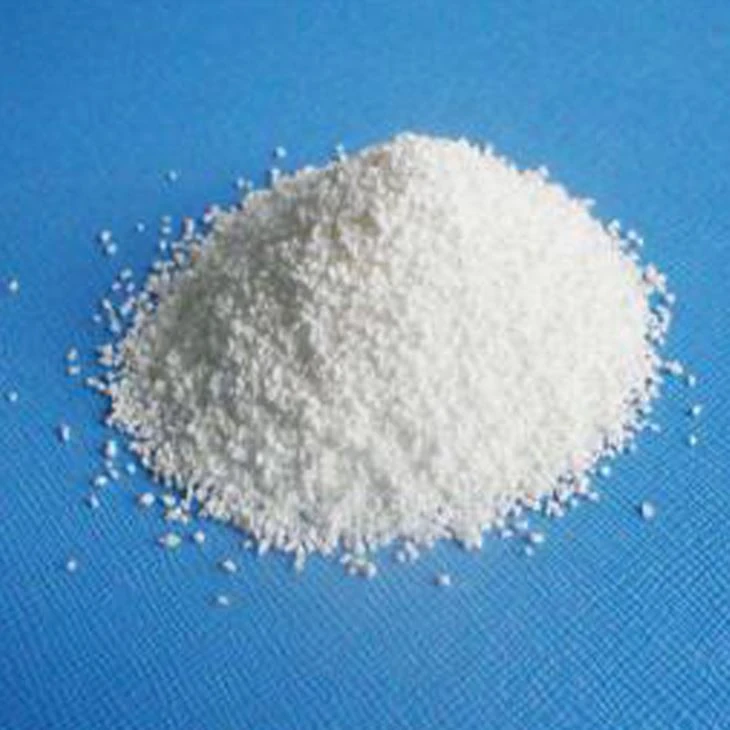



paint chemicals list
Understanding Paint Chemicals A Comprehensive Overview
When it comes to painting, whether for home improvement, industrial applications, or artistic endeavors, understanding the chemicals involved in paint formulation is crucial. The myriad of paint chemicals not only define the finished appearance but also affect performance, durability, and safety. This article will delve into the primary components found in paint, their functions, and the implications these have for users.
The Composition of Paint
Paint is primarily composed of four essential components pigments, binders, solvents, and additives. Each of these components plays a vital role in determining the paint's properties and performance.
1. Pigments Pigments are the colorants of paint and are responsible for the hue and opacity. There are two types of pigments organic and inorganic. Organic pigments, derived from carbon-based molecules, often provide brighter colors but can be less stable under UV light. In contrast, inorganic pigments, typically derived from minerals, offer better light fastness and durability but might lack vibrancy. Common pigments include titanium dioxide (for white), iron oxides (for reds and yellows), and ultramarine blue.
2. Binders Binders are the film-forming agents that provide adhesion and hold the pigment particles together once the paint dries. They contribute to the paint's durability and resistance to various environmental factors. Different types of binders include acrylics, alkyds, and latex. Acrylic binders are popular due to their versatility and quick drying times, while alkyds offer excellent gloss and hardness. Meanwhile, latex (water-based) paints are favored for their ease of cleaning and low VOC (volatile organic compounds) levels.
3. Solvents Solvents are the liquids that carry the paint's solids and help with application. They evaporate as the paint dries, allowing the remaining components to form a solid film. Solvents can be water or organic-based. Waterborne paints are increasingly popular due to their lower toxicity and environmental impact. However, solvent-based paints still exist, particularly in industrial applications where a harder finish is desired.
4. Additives Additives are supplementary chemicals that enhance specific properties of the paint, such as drying time, thickness, and mildew resistance. Common additives include surfactants (to improve the dispersion of pigments), thickeners (for viscosity control), and biocides (to prevent microbial growth).
paint chemicals list

Safety Considerations
When working with paint chemicals, safety cannot be overlooked. Many solvents and additives can emit harmful fumes or may be hazardous if ingested. Proper ventilation, protective gear, and adherence to safety guidelines are essential to ensure a safe painting experience.
Environmental Impact
As awareness grows regarding environmental sustainability, the paint industry has transitioned towards greener options. Water-based paints with reduced VOC levels are becoming the norm, promoting better indoor air quality and lower environmental footprints. Additionally, manufacturers are focusing on using renewable resources for pigments and binders, further reducing the ecological impact.
Innovations in Paint Technology
Recent advancements in paint technology are paving the way for new possibilities. For instance, nanotechnology is being utilized to develop paints with self-cleaning properties, improved scratch resistance, and enhanced durability. These innovations not only extend the lifespan of paints but also improve their performance in diverse conditions.
Conclusion
Understanding the chemistry behind paint is essential for anyone looking to achieve optimal results, whether in home décor, industrial applications, or artistic pursuits. By comprehending the roles of various paint chemicals—including pigments, binders, solvents, and additives—users can make informed choices that enhance the quality and safety of their work. As the paint industry continues to evolve with a focus on sustainability and innovative technologies, it remains important to stay informed about the benefits and potential risks associated with paint chemicals. Thus, whether you're a professional painter, a DIY enthusiast, or an artist, a solid grasp of paint chemistry will undoubtedly enhance your painting experience.
-
Why Sodium Persulfate Is Everywhere NowNewsJul.07,2025
-
Why Polyacrylamide Is in High DemandNewsJul.07,2025
-
Understanding Paint Chemicals and Their ApplicationsNewsJul.07,2025
-
Smart Use Of Mining ChemicalsNewsJul.07,2025
-
Practical Uses of Potassium MonopersulfateNewsJul.07,2025
-
Agrochemicals In Real FarmingNewsJul.07,2025
-
Sodium Chlorite Hot UsesNewsJul.01,2025










